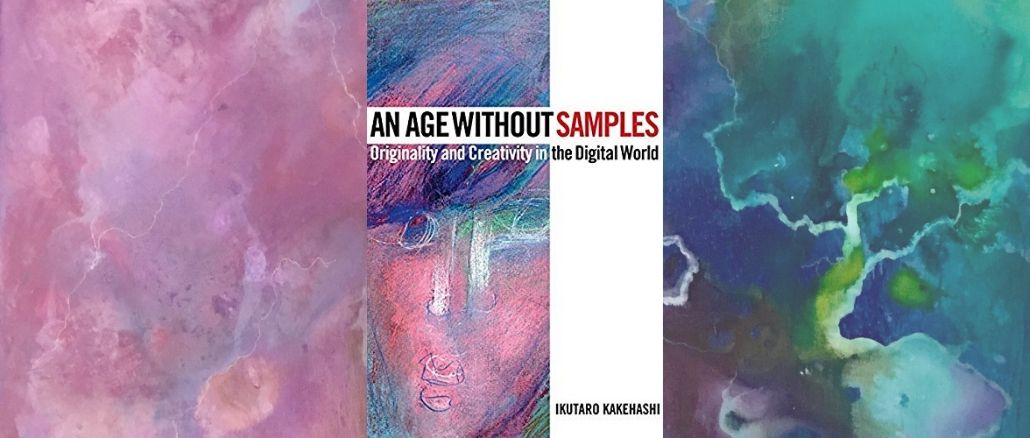An Age Without Samples: Originality and Creativity in the Digital World by Ikutaro Kakehashi
Ikutaro Kakehashi is the founder of Roland and he has a unique perspective on music, business, and innovation. He writes . . .
“I believe we should re-examine how we manufacture musical instruments by reflecting on the intrinsic nature of music. This is because, when we envision music’s bright future, here again, we find ourselves in a new age where it is meaningless to look for samples.”
In other words, we can’t take what is already available and apply it in new ways. Instead, we need to look for a novel approach and work from a completely new perspective.
This book is part memoir, part exploration of the future of musical instruments and interfaces.
“The emergence of digital synthesizers with FM sound generators had a major impact on a technological level, but my greatest interest at the time was how much longer the current types of analog devices would continue to sell and when they would be replaced.”
Analogue instruments and equipment are still popular, but digital is starting to eclipse that. The author thinks the division between the two needs to disappear.
“My impression is that the potential for musical expression can be expanded considerably simple by removing the division between acoustic and electronic instruments.”
In the world of deejaying, there are traditionalists who insist on using actual turntables but use computers and control vinyl to manipulate digital files. It’s the best of both worlds. However, some deejays use completely digital tools. It’s possible to be a great DJ using only analogue or only digital tools, but perhaps we don’t need to consider this divide anymore. He makes a great point.
With an eye to the future, Kakehashi sees musical instruments and performance being tied to video.
“TV broadcasts show us images captured from a variety of angles on multiple cameras. We all know that video gives us opportunities to focus on aspects of the performance that we would never pick up on in a live setting. Screens set behind up behind or beside the stage dramatically enhance the enjoyment of concerts. Artists now use live performance (real time) and elements that have been produced beforehand (non-real time) at the same time. This is another phenomenon that illustrates how there is no meaning to an either/or debate about real time and non-real-time. I believe the best approach if to integrate the two in whatever area of endeavor the artist is engaged in, or come up with novel styles of expression that incorporate the two as mutually valid modes of expression.”
It’s interesting to note that he thinks the future will be a merge between audio and video. I’m not completely sold on this idea. But this was an interesting book and I will be sharing a few more things that peaked my interest while reading it. Stay tuned for more!
